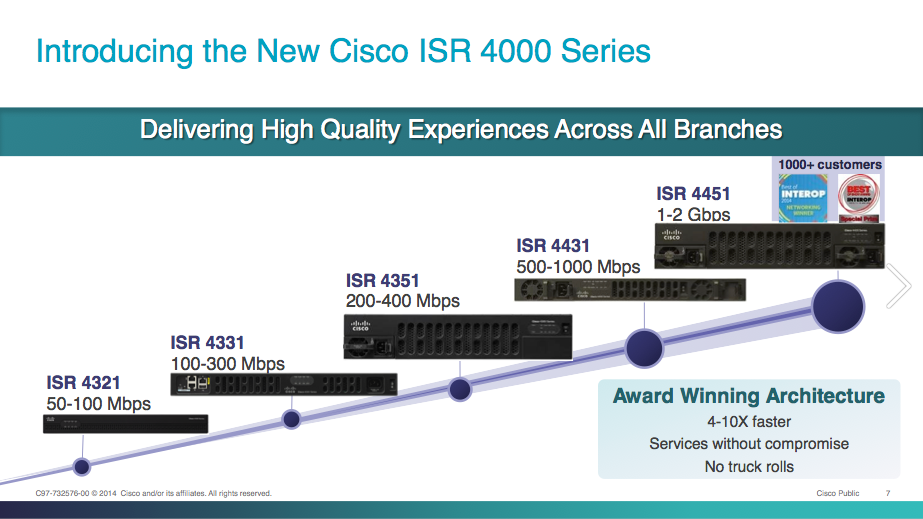Dependency management and organic IT integrations
If the future of IT is about integrated infrastructure, where will this integration take place? Most people will naturally tend to integrate systems and tools that occupy adjacent spaces in common workflows. That is to say that where two systems must interact (typically through some manual intervention), integration will take place. If left unattended, integration will grow up organically out of the infrastructure.
But is organic growth ideally suited for creating a sustainable infrastructure?
A with B with C
In the most basic sense, integration will tend to occur at system boundaries. If A and B share a boundary in some workflow, then integrating A with B makes perfect sense. And if B and C share a boundary in a different (or even further down the same) workflow, then it makes equal sense to integrate B with C.
In less abstract terms, if you use a monitoring application to detect warning conditions on the network, then integrating the monitoring application and the network makes good sense. If that system then flags issues that trigger some troubleshooting process, then integrating the tools with your help desk ticketing system might make sense to automatically open up trouble tickets as issues arise.





 CC BY 2.0 by
CC BY 2.0 by 